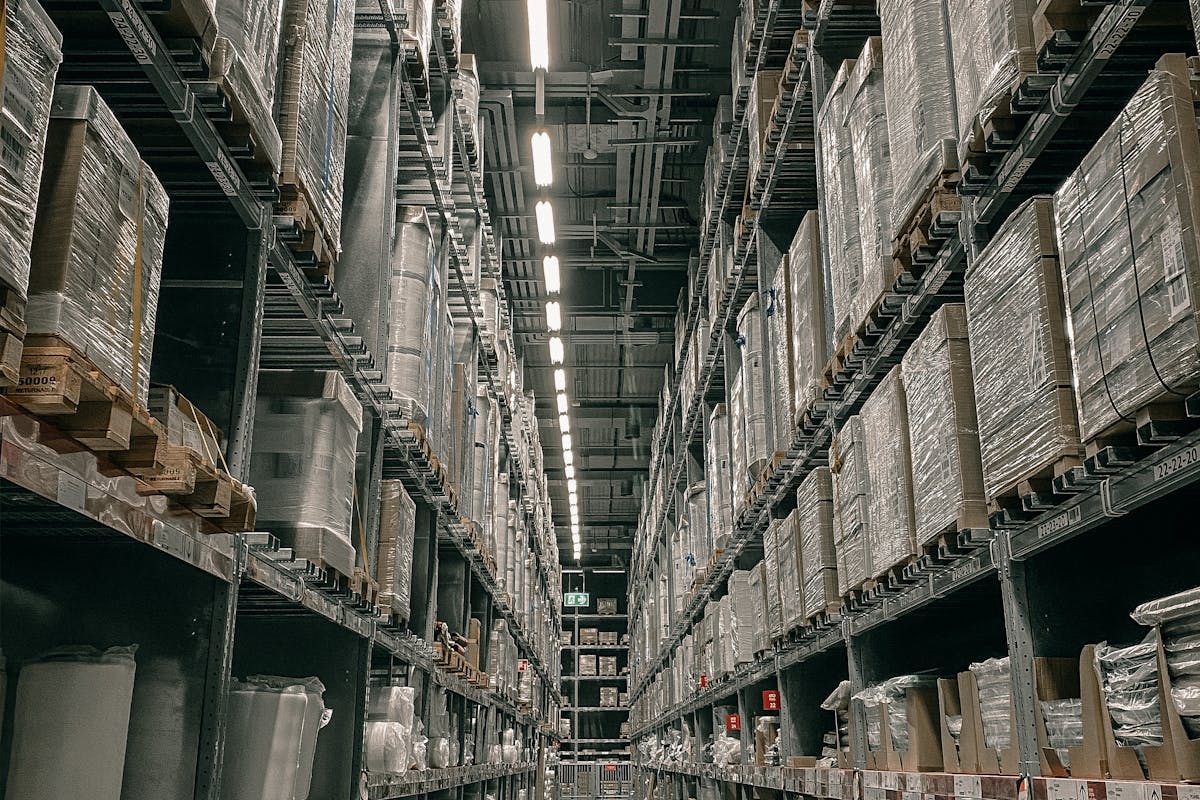- Develop a standardized quality control system with acceptable raw materials, procedures, and tests.
- Evaluate regularly and receive feedback from factories and employees.
- Incorporate new tools and technology, such as automated sensors and packaging machines.
- Utilize cloud-based inventory and management tools to track production across factories.
- Train the workforce and establish a cross-functional team of quality control specialists.
Quality control is an essential aspect of manufacturing factories that companies should never take for granted. Ensuring that all products produced meet a high-quality standard can significantly influence customer satisfaction and trust, making it vital for businesses to give great importance to this matter. However, for companies that operate in multiple locations, maintaining equal quality control across all manufacturing factories can be a challenging task. With this challenge in mind, here are some tips you should consider integrating into your operations.
Develop a Standardized Quality Control System:
The first step to ensuring equal quality control is to develop a standard quality control system that should typically apply to all manufacturing factories. Come up with a specific protocol or set of guidelines that every factory must follow, from production to post-production inspections. Here are some things it should include:
Acceptable Raw Materials & Procedures:
In order to ensure equal quality control across all manufacturing factories, it is essential to specify acceptable raw materials and procedures for each factory. This includes setting clear guidelines regarding the type of raw materials that should be used, as well as production methods, such as welding and machining. Having a list of acceptable raw materials and procedures will not only help to ensure equal quality control between factories but will also help to prevent any unnecessary costs due to mistakes or unexpected repairs.
Quality Control Tests:
In addition to setting acceptable raw materials and procedures for each factory, you must also establish quality control tests. This should include routine tests that help assess the overall quality of products produced in each factory. The tests should be designed to identify any flaws or defects in production, so they can be corrected before they reach the consumer.
Evaluation and Feedback:
Regularly evaluating production guidelines and receiving feedback from the individual factories and employees can be extremely helpful in assessing and improving quality control procedures. Consider making the evaluation a part of a routine process that your production team can use to gain insights into how individual factories are performing, including areas that require improvement.

Incorporate New Innovations and Technology:
Adopting and incorporating new tools and technology can significantly improve the quality control process. This is because automation can replace manual processes, ensuring the efficiency of your operations. Here are some good examples:
Automated Sensors:
Automated sensors can be a great way to ensure equal quality control across all manufacturing factories. These sensors are capable of detecting any flaws and defects in production, which is essential for consistently producing products that meet high-quality standards. Automated sensors can provide real-time data, enabling companies to quickly identify any potential issues and take the necessary corrective actions.
Packaging Machine:
Another important factor to consider is selecting reliable packaging machine suppliers. These machines should be capable of producing consistent and secure packages, ensuring that all products reach the consumer in top condition. Additionally, you should make sure to research the different options available before buying a packaging machine for each factory.
Cloud-based Inventory and Management Tools:
Using cloud-based inventory and management tools can be a great way to keep track of production across all factories. This type of technology makes it easy to manage, monitor, and analyze data to identify areas that need improvement. With the right tools in place, businesses can ensure that quality control is being taken seriously in every factory.

Train the Workforce:
All employees working within the manufacturing factories must receive adequate training. The training should cover the techniques of product inspection, assembly, and handling to ensure the consistent quality of the product.
Regular training sessions help to refresh employees’ knowledge of the existing practices and tools. You should also establish a team of quality control specialists that are not affiliated with any one factory but are well-versed in the company’s standards and guidelines.
Such teams can function as independent auditors, visiting each factory and checking that all quality control methods are being implemented efficiently. Their findings can guide managers on how to improve their quality control process.
Equal quality control across all of your manufacturing factories may seem like a daunting task, but with the right systems, technology, and techniques, it can be achieved. Having a standardized quality control system, regular evaluation, incorporating new technology and innovations, employee training, and establishing cross-functional teams can all help make your quality control process more effective. Keeping these tips in mind will surely help your company produce consistent and high-quality products while ensuring customer satisfaction and maintaining a trustworthy reputation in the market.





